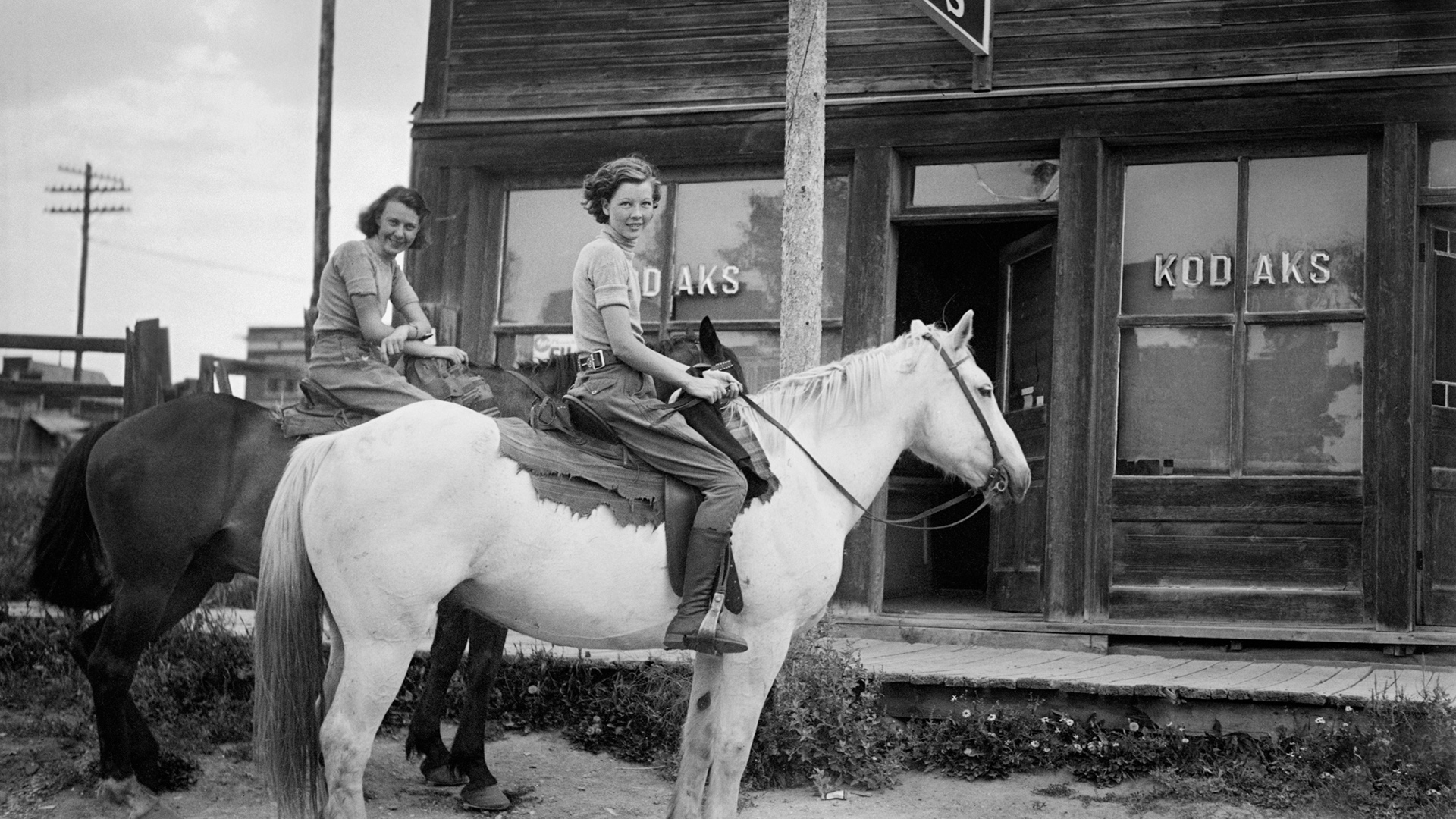The editor of a remarkable — and remarkably beautiful — book explains how a photographer captured daily life in a small Wyoming town in a way few of us have ever seen.

You’re getting blind.
Don’t miss the best of visual arts. Subscribe for $9 per month or $108 $90 per year.
Already suscribed ?



